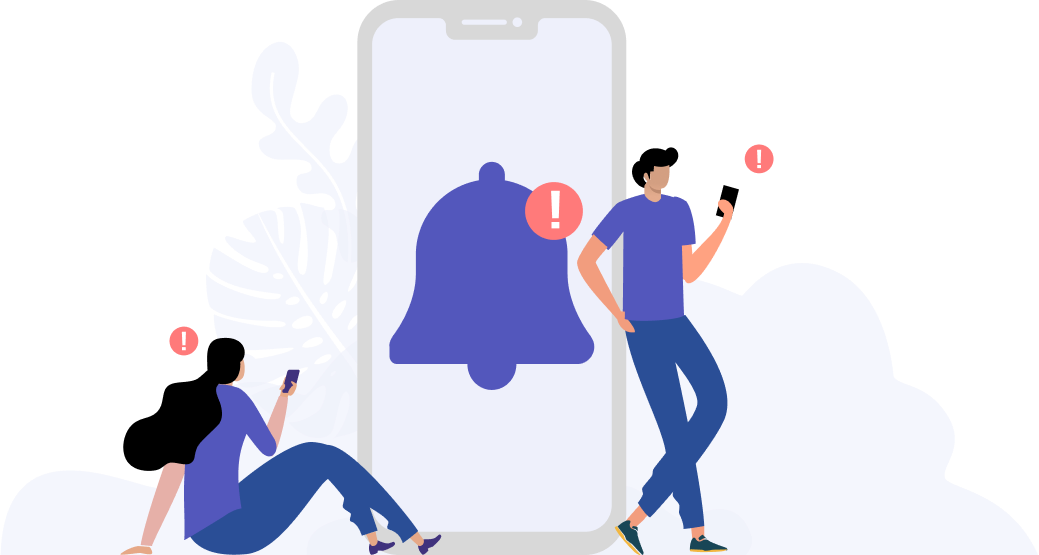Stranger Danger: How Parents can Keep their Kids Safe Online

The internet can be a vast and unknown place for your children.
Kids in Singapore are already accessing social media platforms before they begin primary education. They are susceptible to at least one cyber-risk, from cyberbullying to video game addiction, to offline meetings, and to online sexual behavior. Fortunately, on the same internet, you can acquire the knowledge to equip your children to face the digital world safely.
Here are 5 tips on how you can keep your children safe!
1. Educate yourself
Before discussing Internet safety with your children, it is important to be familiar with the various social networking sites they are exposed to.
All social networking sites have different risks. Whenever your child authorizes an application through Facebook, it gives information to third parties about him or her. Instagram’s location tagging allows users to share their location with their image.
Here are some commonly used social networking sites:
Social networks
These are sites that allow individuals to set up a profile and connect with friends or strangers, depending on their privacy settings.
This is a social media application that users commonly access with the mobile phone, to share photos, videos from their lives. Users can add captions, edit filters, tweak settings, engage with others through personal messages.
On Facebook, not only can users share photos or videos, but they can also be part of groups and pages, post status updates, check in their locations, share extensive videos, multiple links, and the list goes on. Essentially, Facebook is more catered towards networking with people.
Snapchat
The main concept of Snapchat is that any picture or video or message you send – by default – is made available to the receiver for only a short time before it becomes inaccessible.
Twitter is an online micro-blogging social networking site that allows users to ‘tweet’ messages with a limit of 280 characters. Tweeting is posting short messages for anyone who follows you on Twitter, and you can also ‘retweet’ (share) other tweets and like them.
Blogging sites.
These are sites for individual or group users to record their opinion, information on a regular basis.
Blogger/Wordpress
The type of content may differ depending on the purpose of the individual or group, but both Blogger and WordPress are similar in which content is presented in reverse chronological order (newer content appear first).
Tumblr
Tumblr is another site that can be considered a microblogging platform, similar to Twitter rather than WordPress or Blogger. Unlike WordPress and Blogger, Tumblr focuses more on imagery than it does on words.
Media sharing.
These are sites for individuals to post various media like videos and pictures and allows other users to comment.
Youtube
This is a video-sharing platform where there is a myriad of content, ranging from documentaries to videos of ants. Although Youtube has added parental controls to their platform, these controls are not foolproof.
Flickr
Unlike Facebook and Instagram, Flickr is mainly a photo-hosting and video-sharing site built for professional photographers and photography enthusiasts to display their work.
Instant messaging.
Whatsapp, Facebook Messenger, WeChat, Telegram are instant messaging systems to individuals or groups at one go over the Internet. Users can send text, videos, audio messages, and pictures.
2. Inform your children about the risks.
The internet poses potential risks for your children with them exposed to a network of engaging and harmful content from a young age. With a rise in children’s consumption of the Internet, it is vital to educate your children on the risks of the Internet.
Here are some of the risks:
Cyberbullying
Cyberbullying takes place through messaging, social media platforms, online games, or forums in which people are able to view and participate in. Cyberbullying uses technology to harass, threaten, embarrass or target another person.
These are tips to recognise and protect your child from cyberbullying.
Phishing
Phishing is an attempt to retrieve personal information from a target by disguising oneself as a legitimate entity. These attempts can take in the form of emails, calls, or messages.
These are tips on how to spot a phishing attempt.
Sharing personal information online
It may be entertaining to share your lives on social media platforms, but sharing your location exposes your whereabouts which usually appears on your posts in real-time.
Sharing about unnecessary information on sites like your mobile number or house address can give potential hackers the information required for identity theft.
These are signs of sharing too much of your personal information online.
3. Be supportive
Let’s face it, an age limit on any site will not prevent your children from registering an account. Instead of banning social media completely, have a talk with them about what they do online.
If your child has done something online that is inappropriate, have a discussion with him or her about why it is inappropriate. In any relationship, communication is key. By building a culture of open communication at home, your children will most likely confide in you if they encounter any problems online in the future.
4. Set an example
As a parent, we are the role models for our children’s habits. If you have set rules for them to stop using the Internet at bedtime, do the same too. Keeping by the rules you have set for your children will set a positive example for them.
5. Install our parental control app, plano
For the busy parent, keeping an eye on your child’s online behaviour 24/7 is impossible. Take the extra mile of ensuring your child’s safety by using our parental control app, plano! Wherever you are, you can have a peace of mind knowing your kids are safe online.
The plano app provides features like ‘Push Alerts’ in which you can receive alerts when it’s time to stop your children’s device use.
Tools Designed for Healthier Eyes
Explore our specifically designed products and services backed by eye health professionals to help keep your children safe online and their eyes healthy.





